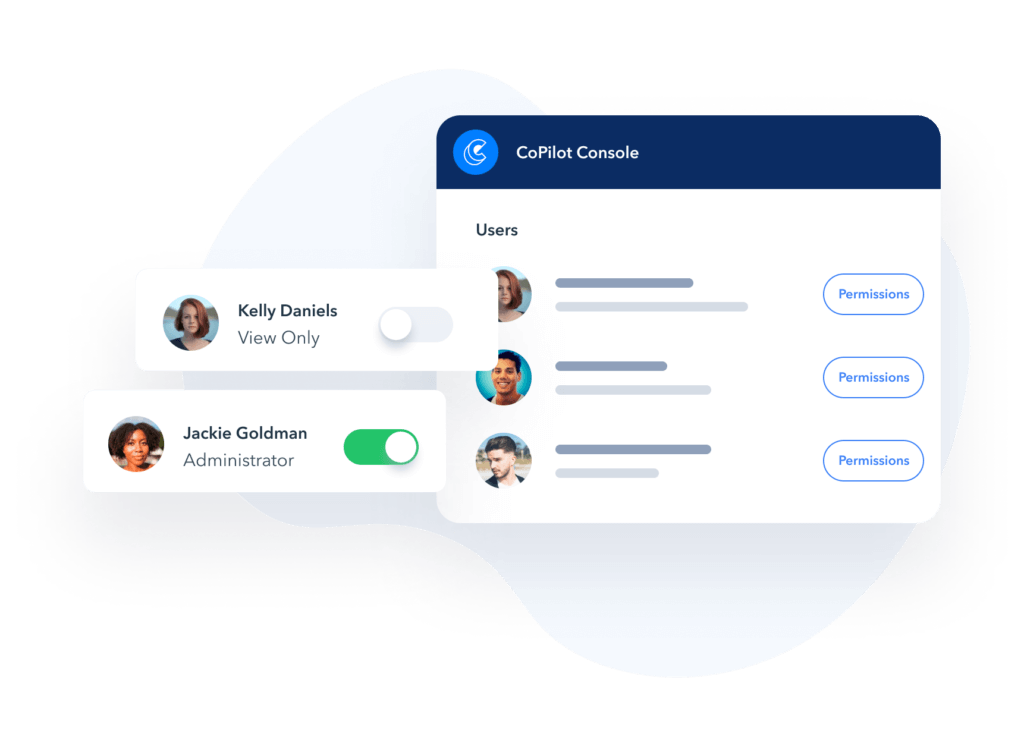Invariably, many forward-thinking organizations have invested profoundly in process and workflow optimization using various technologies. Nonetheless, there are still many paper-driven processes with overwhelming inefficiencies such as receipt processing, claim processing, know-your-customer (KYC) verifications, client onboarding, supplier data verifications, and more.
To improve understanding of the challenges around automating paper-driven processes, we have listed some significant obstacles to consider, which can help examine before expecting a silver bullet.
No definable or actionable business objective
An IDP solution may seem like a great solution, especially if you can do away with manual, paper-driven reviews. As a result, it would seem the first thing to do would be to play around with the system and see how it works. The problem with this approach is after a year of “playing around,” you might not get any actionable purpose to your data extractions. Soon, everything starts to feel outdated and pointless. Instead, we suggest starting with an actionable business case that builds on the IDP platform and its capabilities. Perhaps automate an entire process or add a new step to a process that is already automated. A definable end goal as a guide will help ensure a more robust roadmap for overall success.
Adding human staff to the workflow as an afterthought
As a technology, IDP is still evolving. Human cognitive abilities are still unmatched with current technologies. So, if processes are switched from human-based to an IDP platform entirely, results will be mixed. On the other hand, using bootstrapping techniques to maintain Human-in-the-Loop (HITL) without thought will affect quality, adaptability, and workflow. It’s vital to think of how to keep HITL to incorporate detailed checking and accuracy validation.

Underestimating the platform
The wrong expectations often lead to inaccurate results. Innovation can take steps backward if organizations aren’t ambitious enough. It would be best not to underestimate or overestimate capabilities. The best course of action is to start with small steps or small processes, and then let these take their natural growth route as the technology learns and improves. Learn the platform’s boundaries, but also allow it to do all that it can do.
Access rights and security
For many businesses, access rights can vary depending on the end-user and document type. In fact, access rights may be granted granularly or align with the role of the employee. For IDP to achieve success while securing data integrity, it’s imperative to employ access control standards.

Challenges with integration
Depending on the current technology stack and silos, integration with a new IDP platform might not feel as seamless as expected or desired. Further, legacy systems can impede a smooth transition to IDP. Also, compliance standards could compromise depending on the industry and its current system configurations or architecture. Resolve this issue by working with your IDP vendor to ensure the breakdown of silos for an optimized integration outcome.


